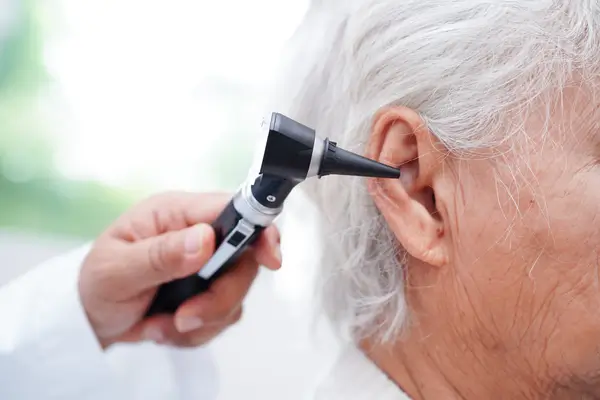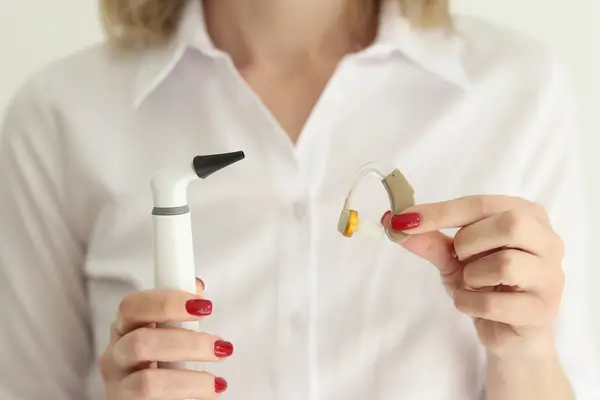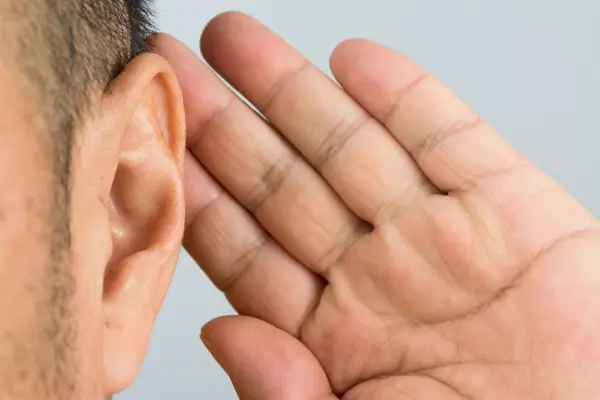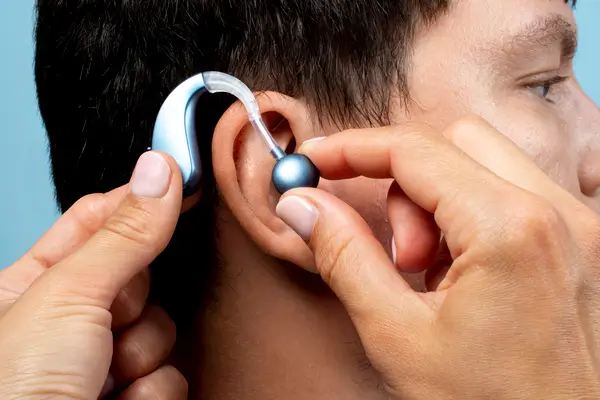Home What Is the Difference Between Conductive & Sensorineural Hearing Loss?
What Is the Difference Between Conductive & Sensorineural Hearing Loss?
Hearing loss affects millions of people, but not all hearing loss is the same. Understanding the difference between conductive hearing loss and sensorineural hearing loss is the first step toward finding the right support. While both conditions impact your hearing, they have different causes. Knowing the distinction can make all the difference in treatment.

What Is Conductive Hearing Loss?
Conductive hearing loss happens when sound is blocked from reaching the inner ear. This is due to a problem in the outer or middle ear. It sometimes results in muffled or soft sounds, but the good news is that it’s frequently treatable.
Common Causes:
- Ear infection
- Fluid buildup in the middle ear
- Earwax blockage
- A perforated eardrum
Symptoms usually feel like plugged ears or quieter sounds, often improving with treatment. A hearing evaluation and audiograms help pinpoint the issue. Solutions range from ear drops to minor procedures.
What Is Sensorineural Hearing Loss?

Sensorineural hearing loss occurs when the inner ear or auditory nerve is damaged. This form typically makes sounds seem distorted, even if they’re loud enough.
Common causes include aging, long-term noise exposure, trauma, or certain medications. Symptoms often include unclear speech, especially in noisy environments.
While sensorineural hearing loss vs conductive issues are usually permanent, hearing aids and other devices can significantly improve your quality of life.

Key Differences Between Conductive Hearing Loss vs Sensorineural Hearing Loss
| Feature | Conductive Hearing Loss | Sensorineural Hearing Loss |
| Affected Area | Outer or middle ear | Inner ear or auditory nerve |
| Sound Quality | Sounds are softer but clearer | Sounds may be loud but unclear |
| Causes | Ear infections, wax, fluid | Aging, noise exposure, trauma |
| Treatment | Often medically/surgically treatable | Often permanent – managed with hearing devices |
| Diagnosis | Physical exam + audiograms | Detailed hearing test and evaluation |
Mixed Hearing Loss

Sometimes, both conductive and sensorineural hearing loss occur together. This is known as mixed hearing loss and typically needs a combination of medical treatment and hearing technology.

Quiz: Conductive vs Sensorineural Hearing Loss – Causes & Consequences
Results:
Mostly A:
Your Hearing Looks Solid
You’re hearing well for now, but that doesn’t mean you should skip out on a hearing check. A quick baseline evaluation gives you peace of mind and helps spot changes early.
Book your professional hearing check today.
Mostly B:
Subtle Changes Might Be Starting
You’re doing well, but you’ve noticed the occasional hiccup. A baseline test can help you stay ahead and explore protective options if needed.
Schedule your check and keep your hearing on track.
Mostly C:
You’re Missing More Than You Realize
Your answers suggest a noticeable shift in your hearing, especially in social or loud settings. A hearing check can give you real answers and guidance on next steps.
Let’s check in – book your hearing evaluation now.
Mostly D:
It’s Time to Take Action
You’re showing frequent signs of hearing loss or sound sensitivity. Whether it’s tinnitus, clarity, or comfort, our team can help with expert solutions tailored to you.
Book your full hearing evaluation today.
How NYC Hearing Associates Can Help

Whether you’re noticing early hearing changes or living with long-term challenges, NYC Hearing Associates is here to help. Our team provides comprehensive hearing evaluations to diagnose your needs, offers advanced hearing aids and other devices, and supports patients managing tinnitus solutions and related conditions.
So, if you’ve been wondering about the difference between sensorineural hearing loss and conductive hearing loss, the next step is simple: get in touch with our team to schedule your personalized hearing evaluation and explore the right solutions for you.








